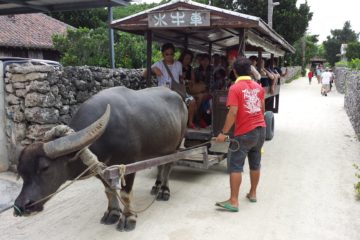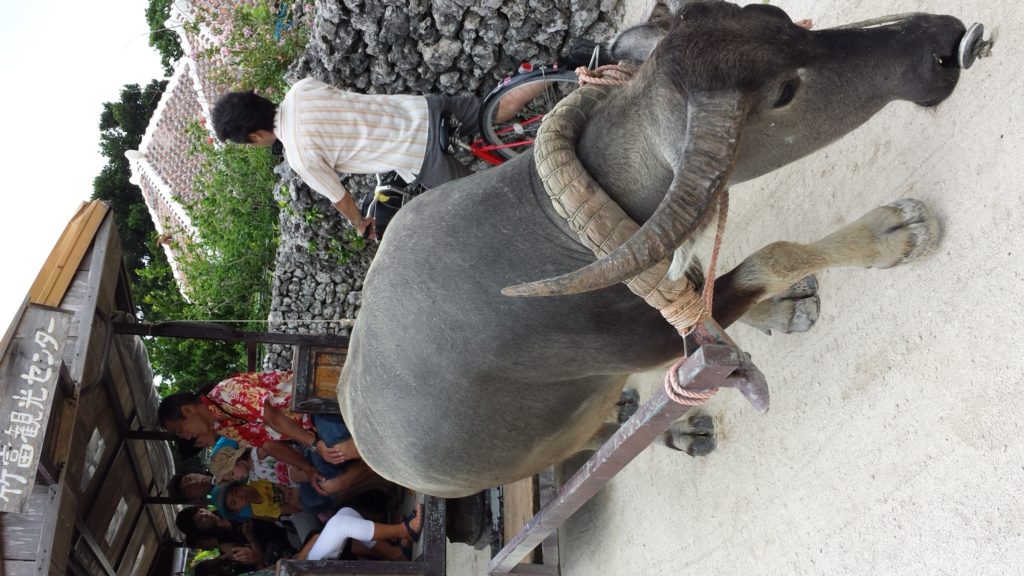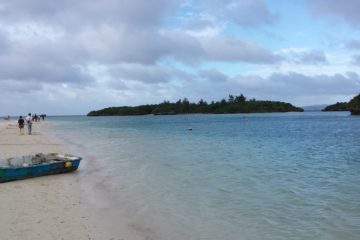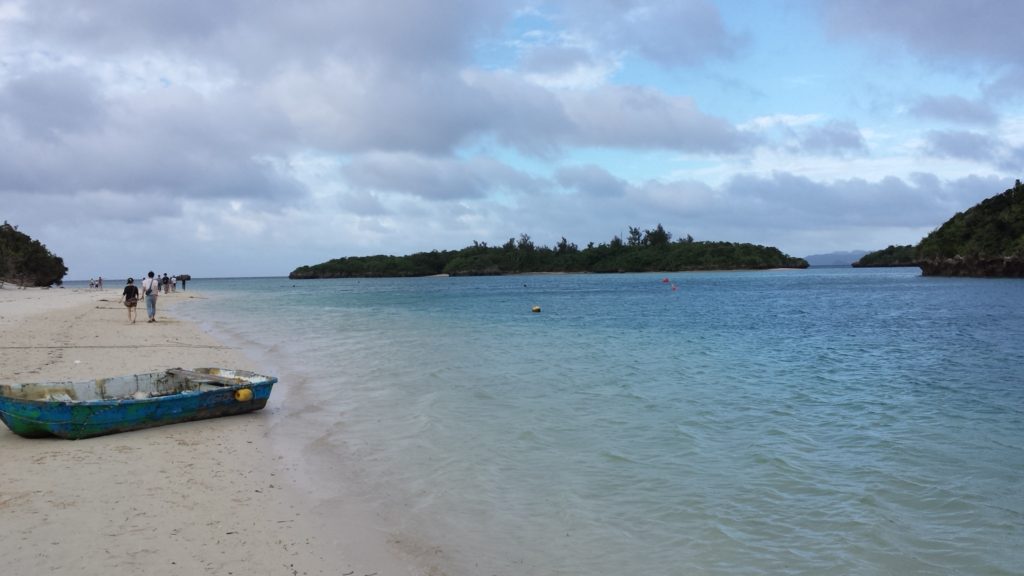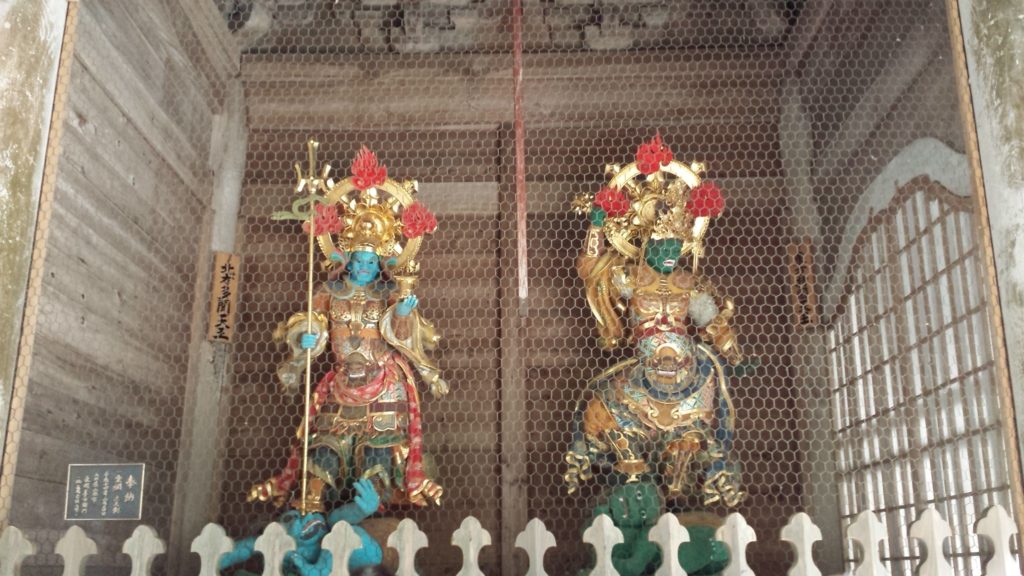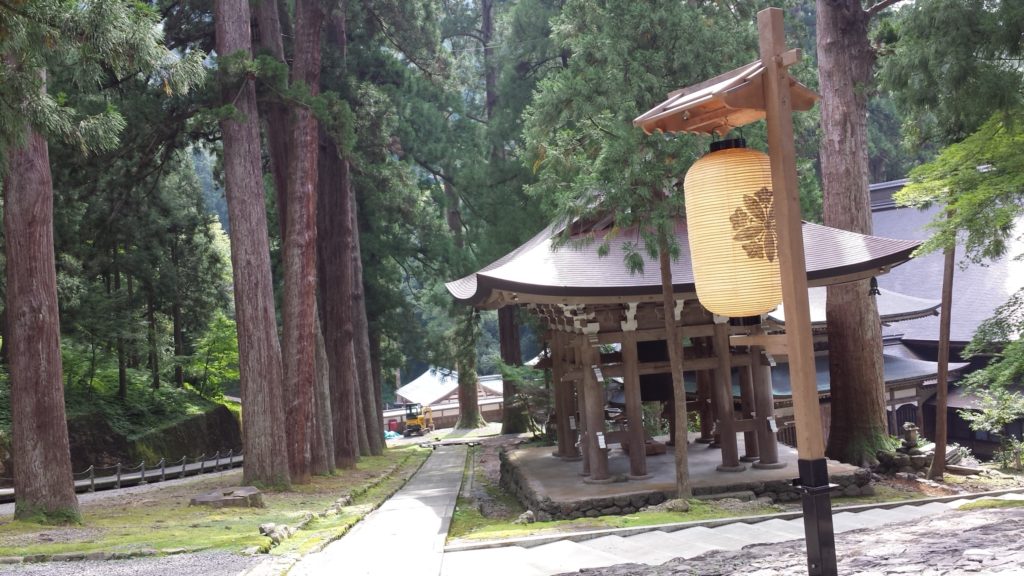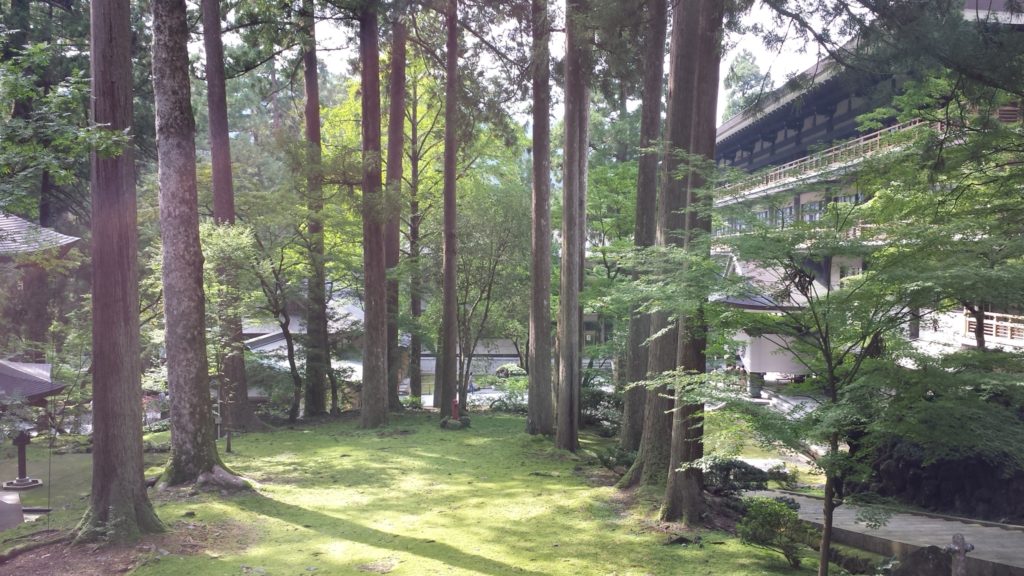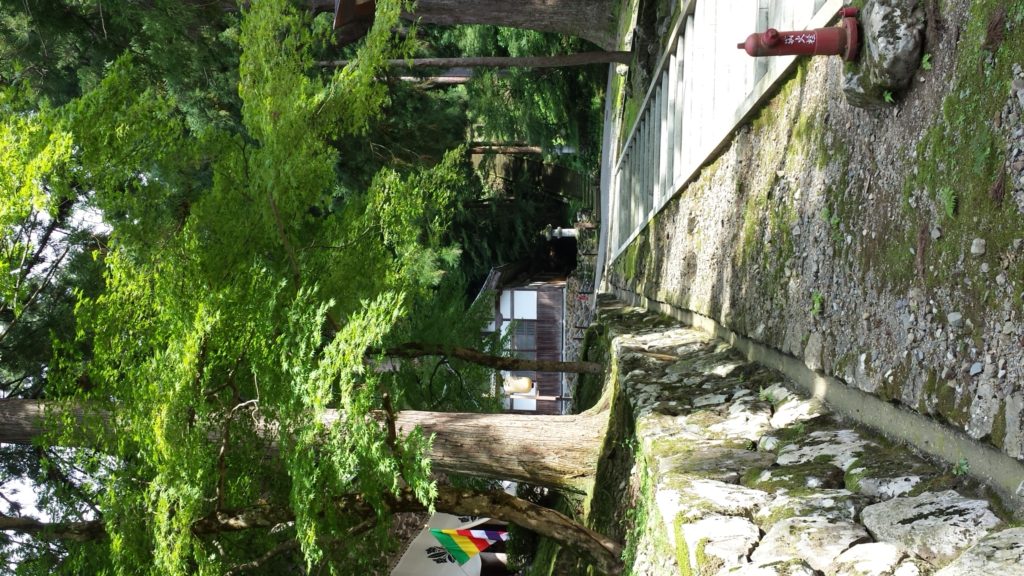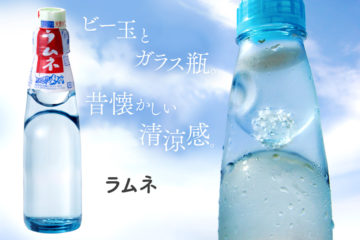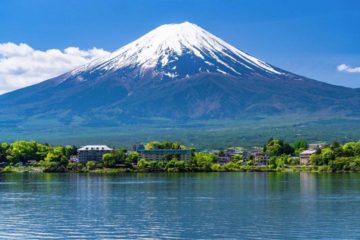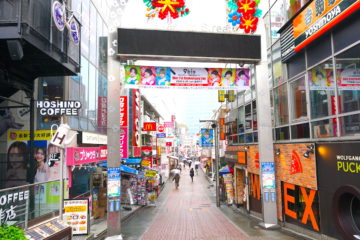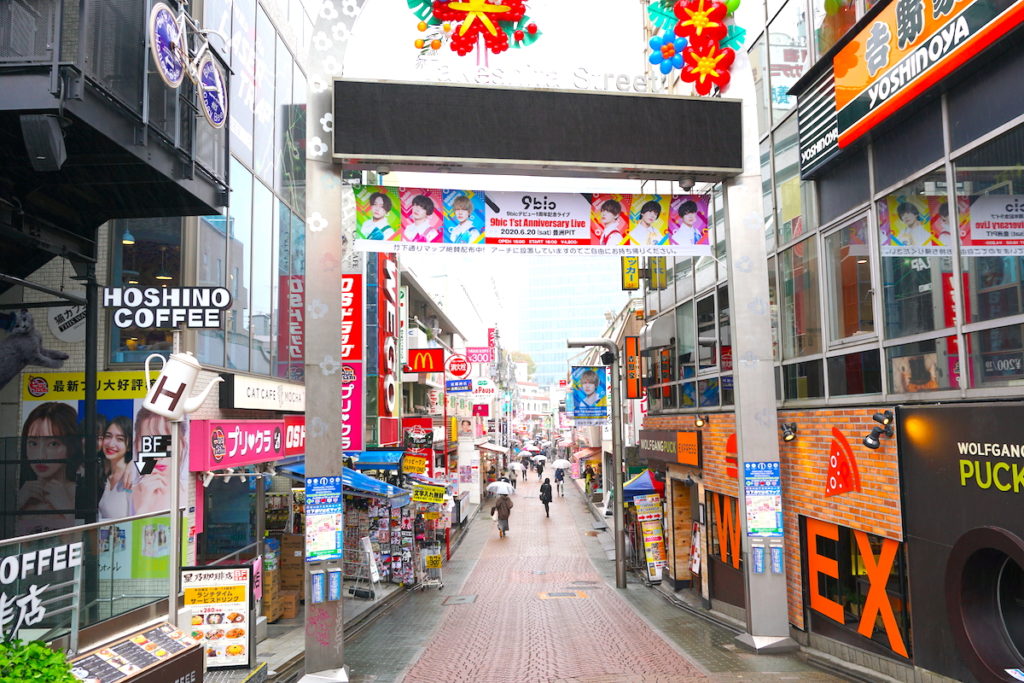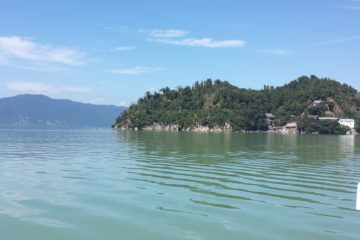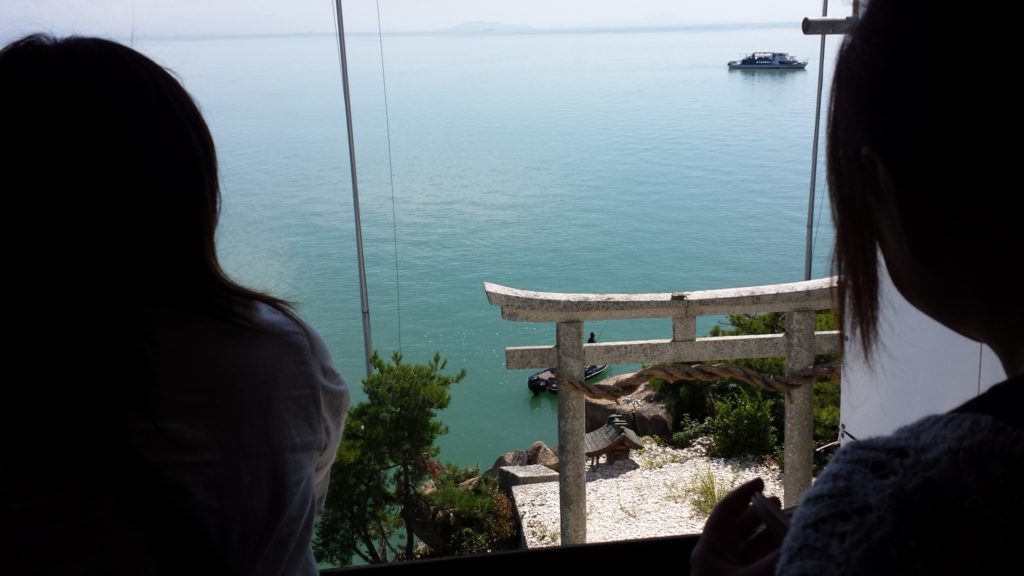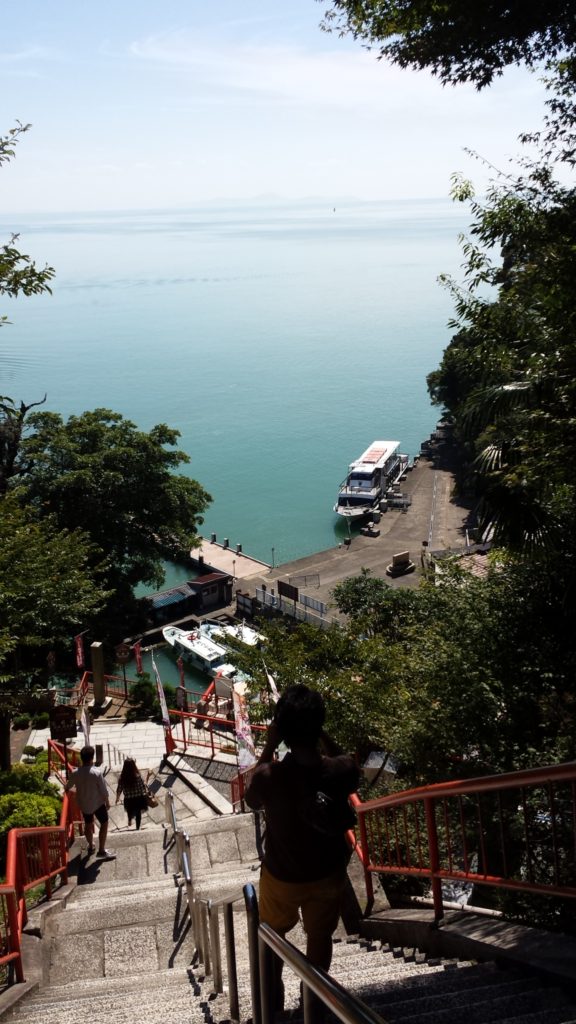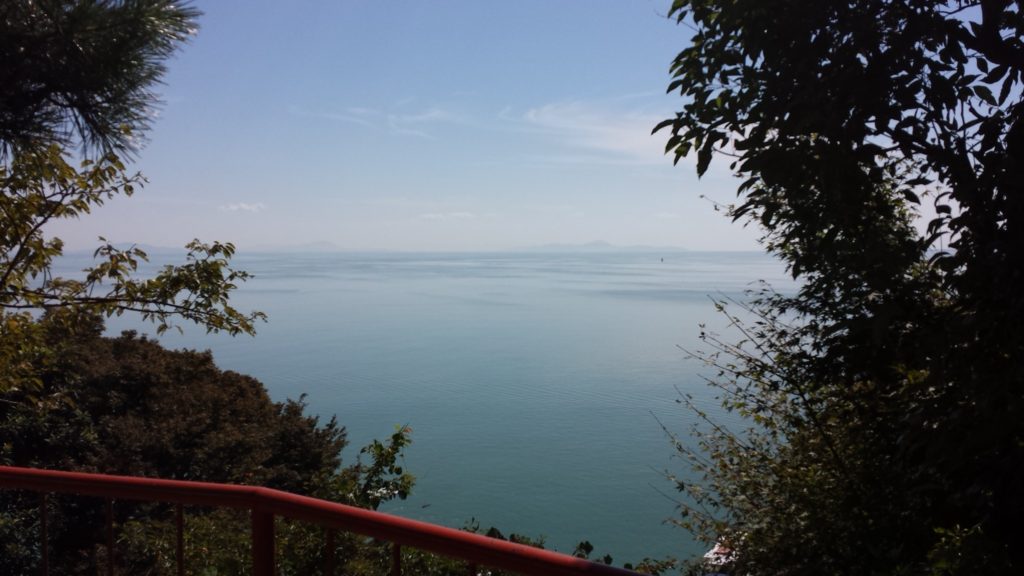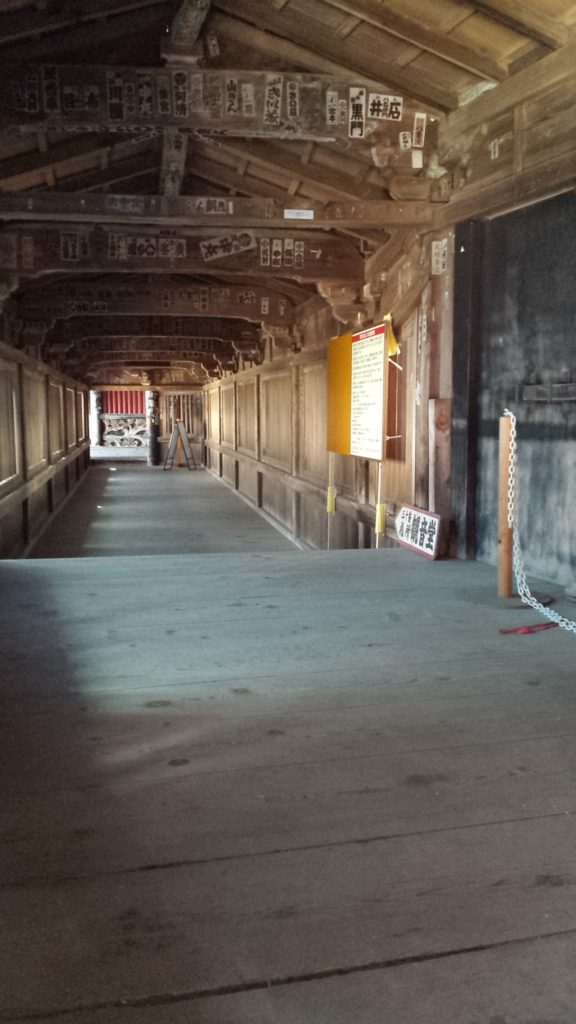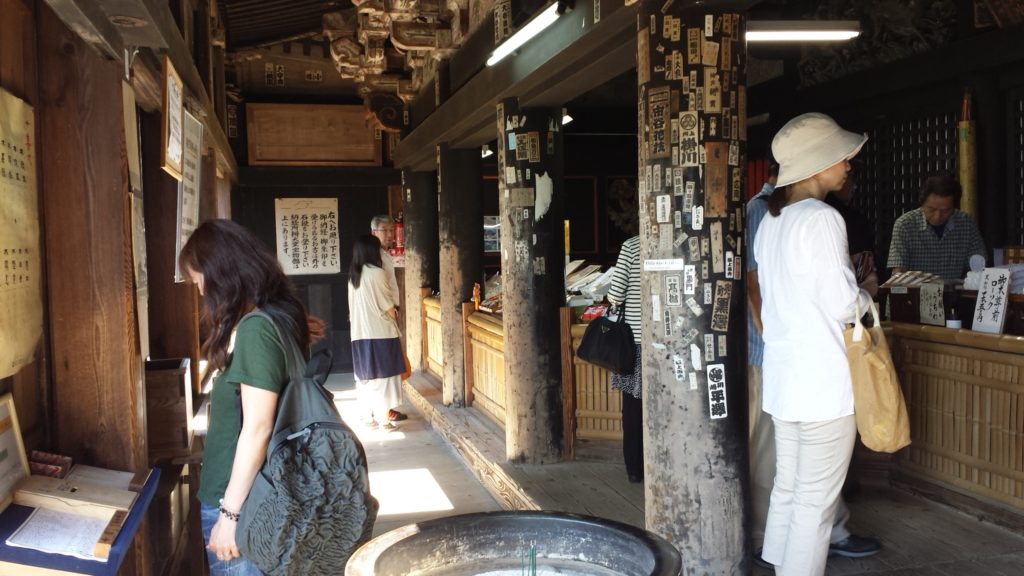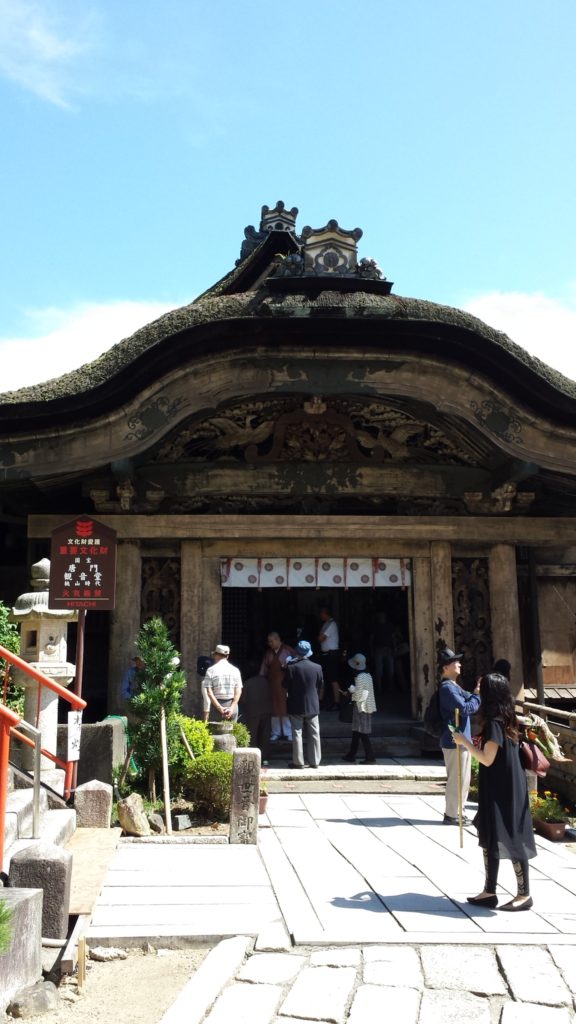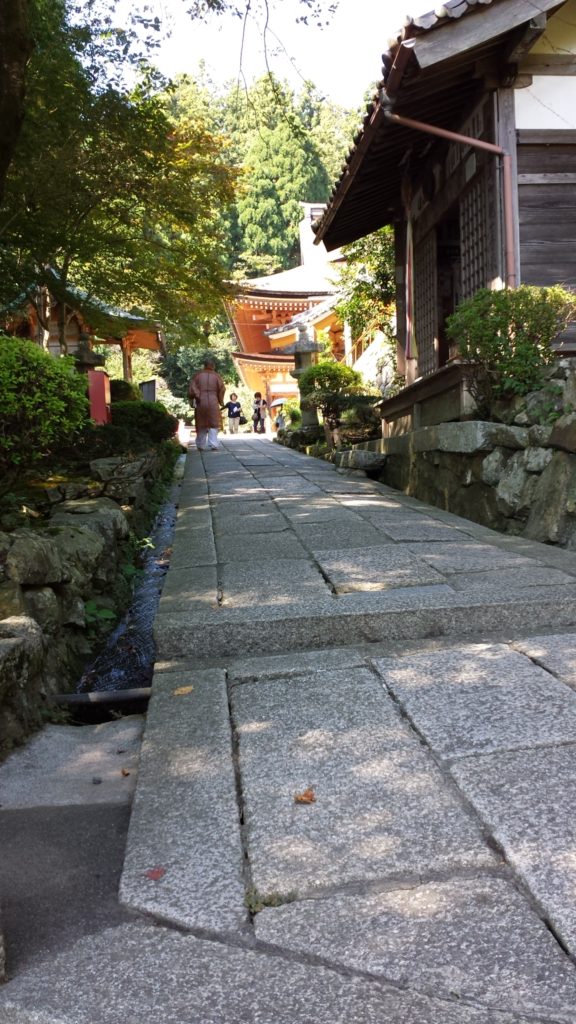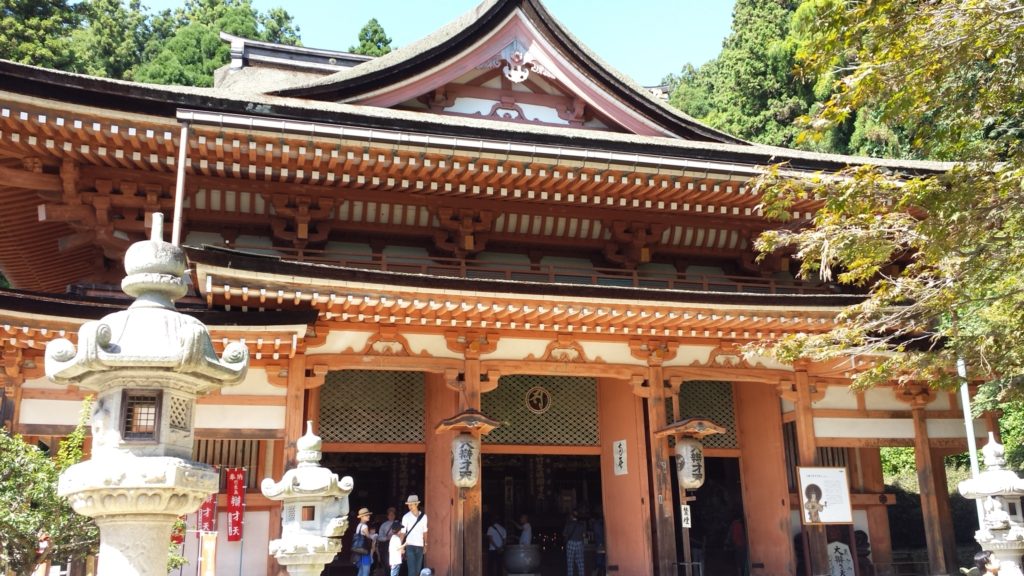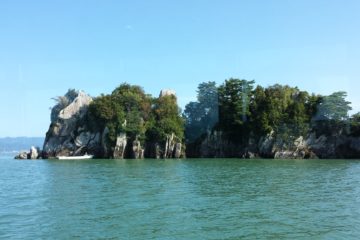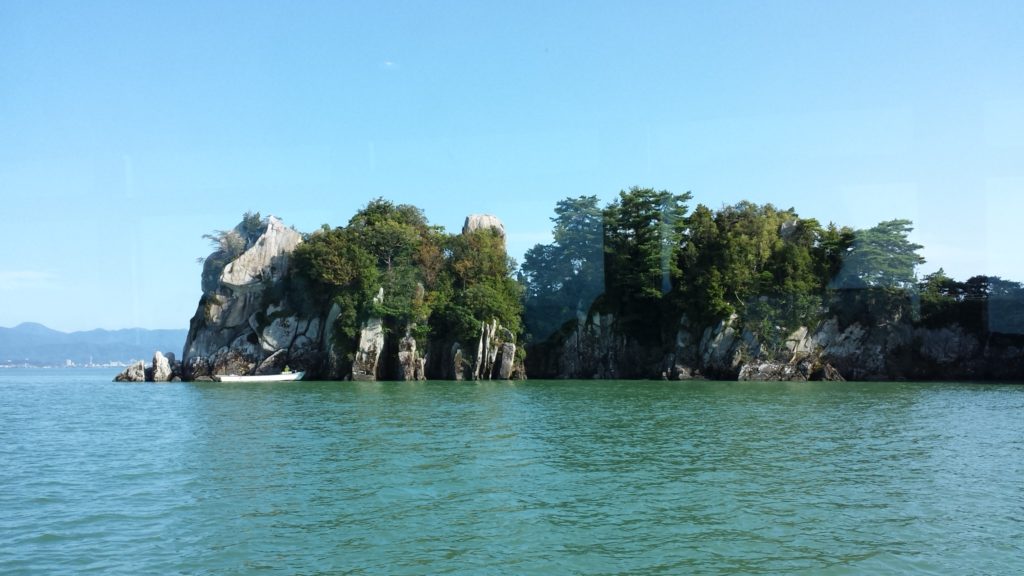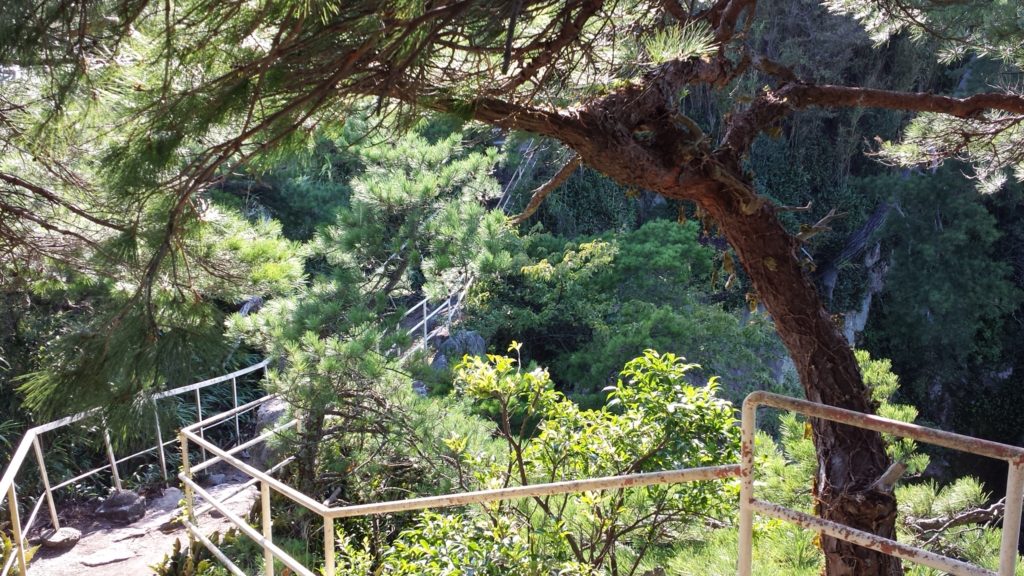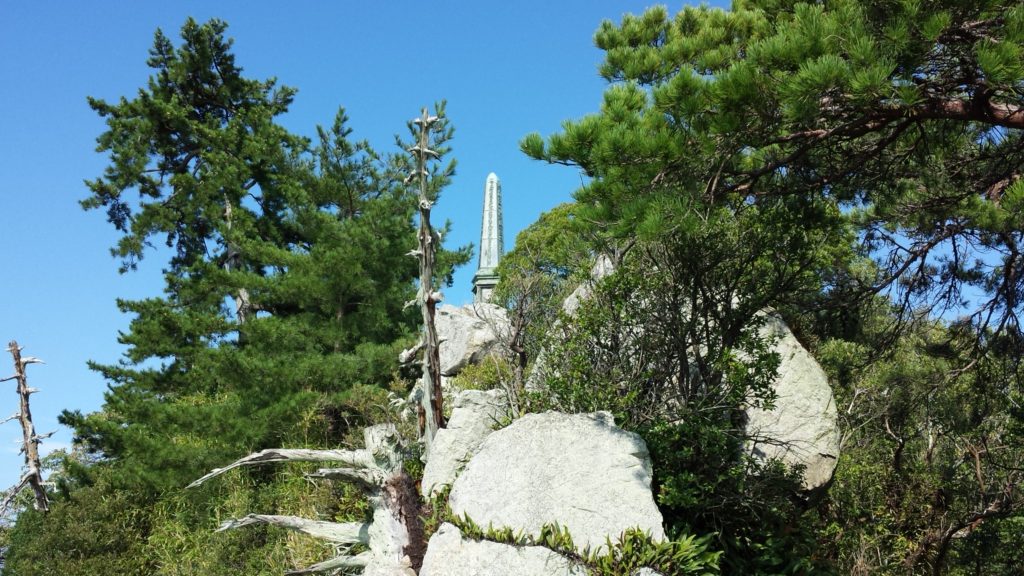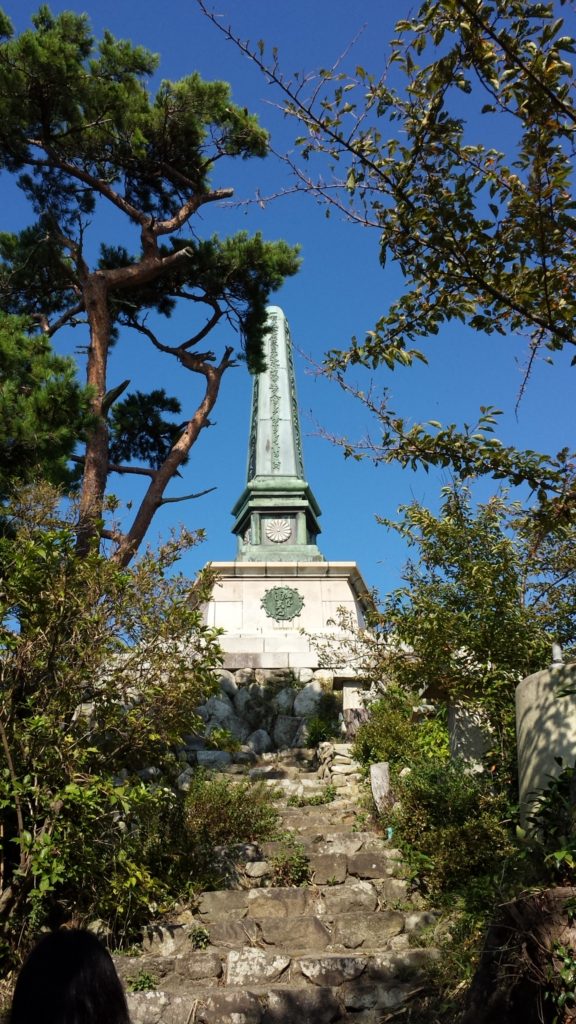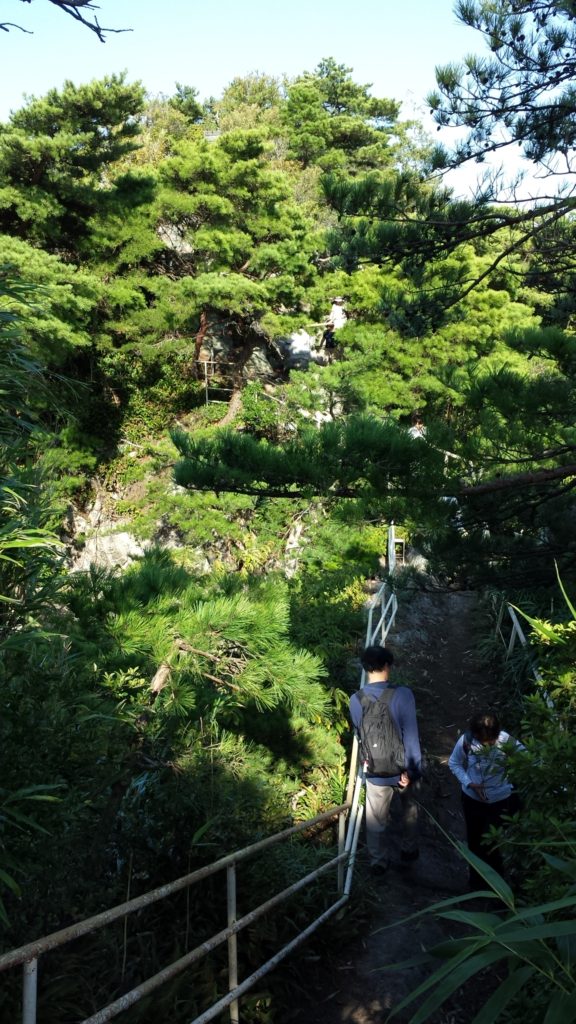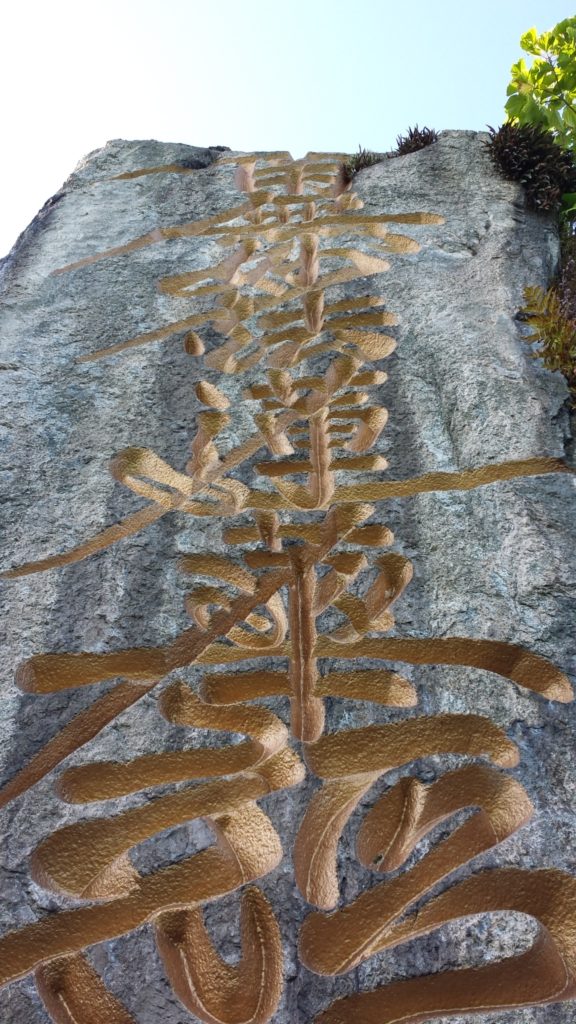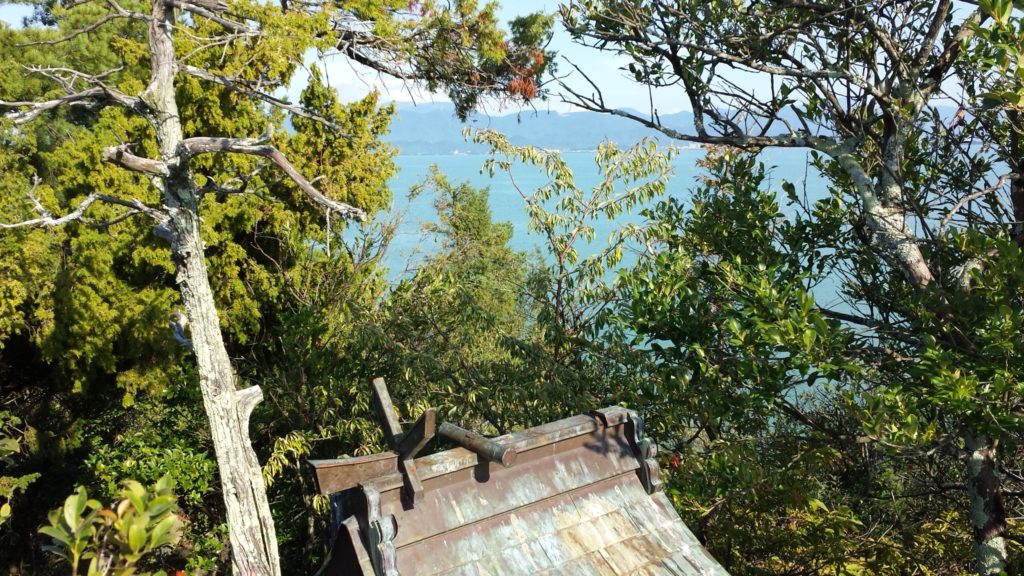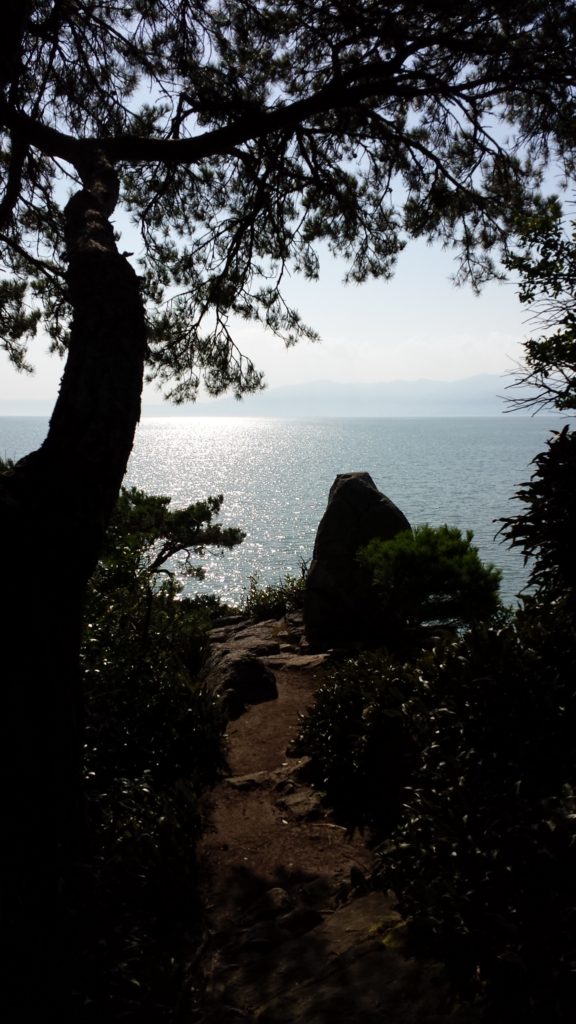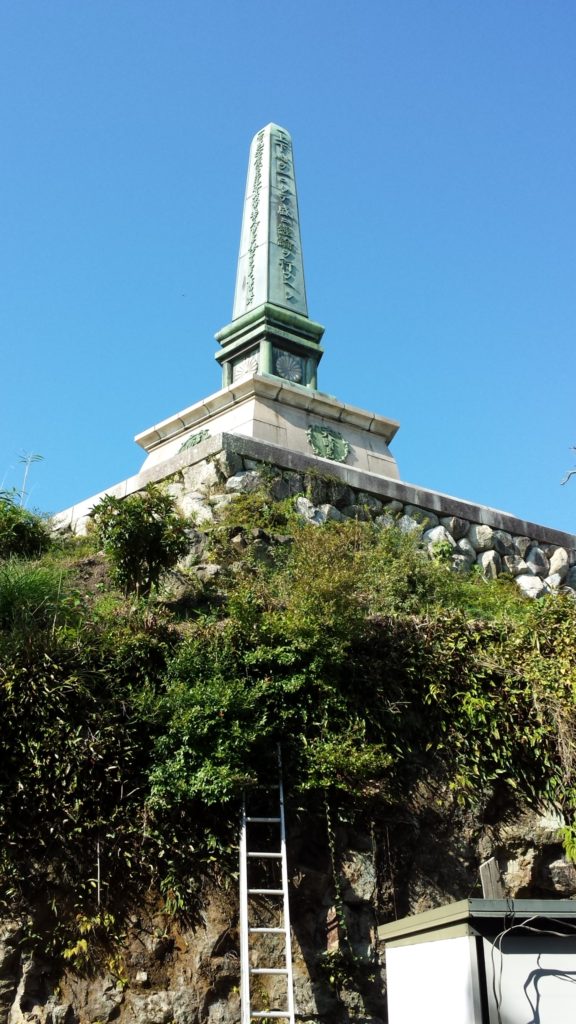There are many remote islands in Ishigaki Island. Among them, in Takeshima, an ox-drawn carriage is a tourist attraction. It’s the same as walking speed, but it’s just right to enjoy the time flowing slowly.
Blog News about Japan
Ishigakijima Island
Ishigaki Island is the main island of the Yaeyama Islands located in the East China Sea approximately 2,000 km southwest of Tokyo. It is the third largest island in the prefecture after the main island of Okinawa and Iriomote Island. It is famous for its warm, subtropical marine climate unique to southern countries and the high transparency of the sea. In particular, it has a very high encounter rate with manta rays, and is visited by many divers from all over the world.
Blog News about Japan
Holy Eiheiji Temple
“Eiheiji Temple, ” which is visited by many people throughout the year, received two stars in a travel guide ‘Michelin Green Guide Japon’ published in France, and is a temple that attracts attention both in Japan and abroad. It is the head temple of the Soto sect and was founded in 1244 by Dogen Zenji as a training hall for Zen meditation. Surrounded by a 680 year-old cedar tree, the grounds are dotted with over 70 buildings, including the “Shichidogaran”.
Blog News about Japan
Do you like dinosaurs? Then come visit Fukui!
The Fukui Prefectural Dinosaur Museum is a natural history museum mainly devoted to dinosaurs, located in Nagaoyama General Park in Muraoka-cho, Katsuyama City, Fukui Prefecture. Along with the Royal Tyrrell Museum of Paleontology in Canada and the Autonomous Dinosaur Museum in China, it is known as one of the three largest dinosaur museums in the world and represents dinosaur museums in Japan.
Blog News about Japan
Lake Bathing
When it comes to summer, go swimming in the pool! However, the way to enjoy summer in Japan is lake bathing. Lake Biwa, Japan’s largest lake, has many swimming areas. Unlike sea water, it is not sticky and there are no jellyfish in late August, which is the good point of the lake water bath. There are many campsites, so you can enjoy BBQ and activities. Let’s go for a lake bath this summer!
Blog News about Japan
Traditional cider in Japan: Ramune Why a ball inside? First Used Cork for the Stopper Instead of a Marble!?

There are many things that symbolize Japanese feelings of nostalgia and ramune is probably one of them. At one time, the bottles were made of glass but in recent years the materials have been changed to the same plastic as that used for PET bottles. What has not changed are the indentations in the middle of the bottle and the marble that rattles around while drinking. The National Federation of Soft Drink Cooperative Associations designates ramune as a “bottled carbonated drink sealed with a marble.” Nevertheless, when the original ramune first went on sale, it was not a marble that sealed the bottle.
Ramune arrived in Japan in 1853 together with Commodore Perry’s ships. In 1868, ramune shops were already in business. The first ramune bottles used a cork stopper. However, because the pressure from the carbonated gas within the bottle would push the cork out, the cork stopper alone was not enough. A wire was therefore used to hold the cork stopper in place. In addition, various measures were also taken to prevent the carbonated gas from escaping, such as moistening the cork stopper and laying the bottles on their sides.
The ramune bottles around this time tapered at the top and bottom and were light green in color. As such, they resembled cucumbers and were referred to as “cucumber bottles.” These so-called cucumber bottles were used from the latter half of the 1860s to the latter half of the 1880s.
In 1872, an Englishman by the name of Hiram Codd invented a ramune bottle that used a marble as the stopper. Using a marble stopper enabled the bottle to be sealed by the pressure of the carbonated gas and also prevented the carbonated gas from escaping. Moreover, the bottles could be washed and used again and again. It is said that these bottles came into general use in Japan from around 1888.
Do you know how this marble was used to seal the bottle?
First, the bottle was stood upright with the marble stopper in the down position. The ramune bottle was filled with ramune. The bottle was then quickly turned upside down so that the pressure from the carbonated gas forced the marble against the gasket in the neck of the bottle effectively sealing the bottle in a very simple manner.
However, using this method where the bottle was turned upside down often caused the ramune to spill out. As a result, it is said that the amount of ramune in the bottles at that time were different depending on the bottle.
In the sealing method used nowadays, the bottles are not turned over. A method has been developed where the marble seals the bottle while the bottle is standing upright. While still retaining the feel and shape as before, the bottle has been improved without us realizing it.
Blog News about Japan
How to Climb Mt. Fuji?
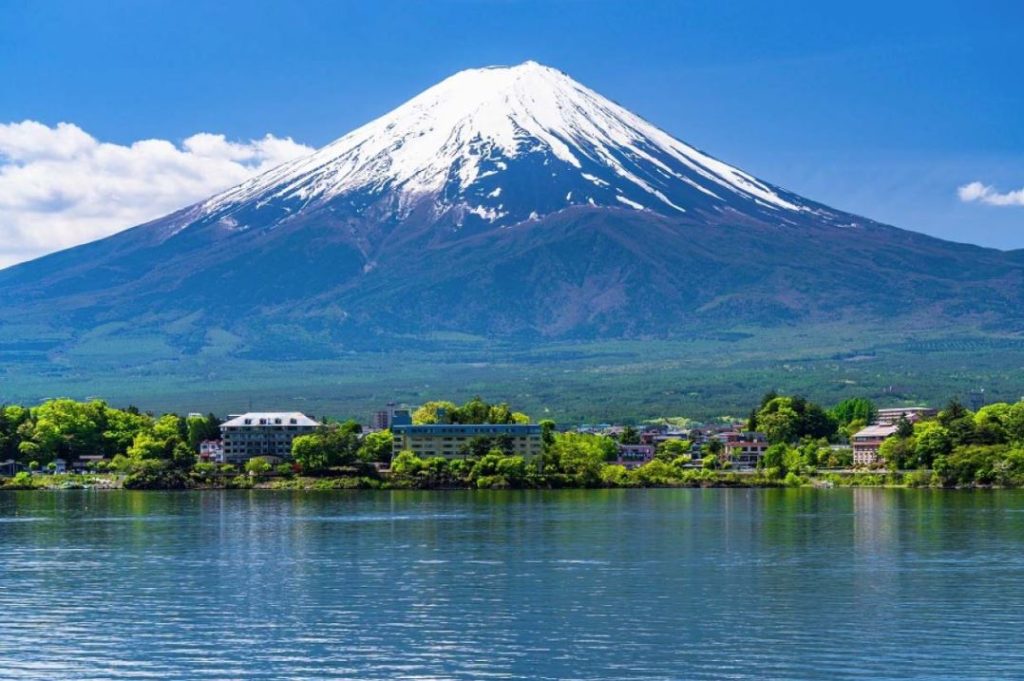
The Path to Mt. Fuji
The symbol of Japan, Mt. Fuji, is considered one of the most beautiful mountains in the world and is sacred among the Japanese. But despite Japan’s efficient transportation network, reaching the mountain is not easy. There are few or, depending on the location or season, next to no regular public transport services available. For tourists, the most common and easiest way to visit the mountain is to join the English-guided bus tours that visit Mt. Fuji’s 5th Station.
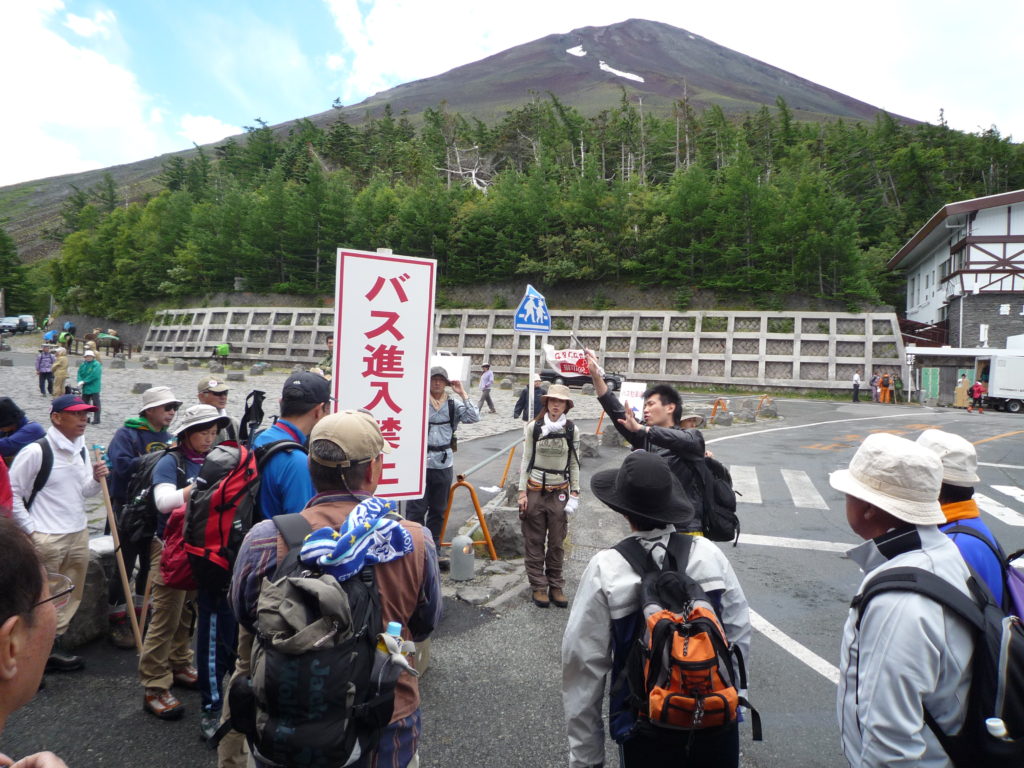
To reach the peak is a different story. Despite its serene beauty, climbing Mt. Fuji is a challenge that needs careful preparation. This is a guided walk along the route to Mt. Fuji with tips from an experienced Mt. Fuji climbing tour guide.
*Times indicated are approximate
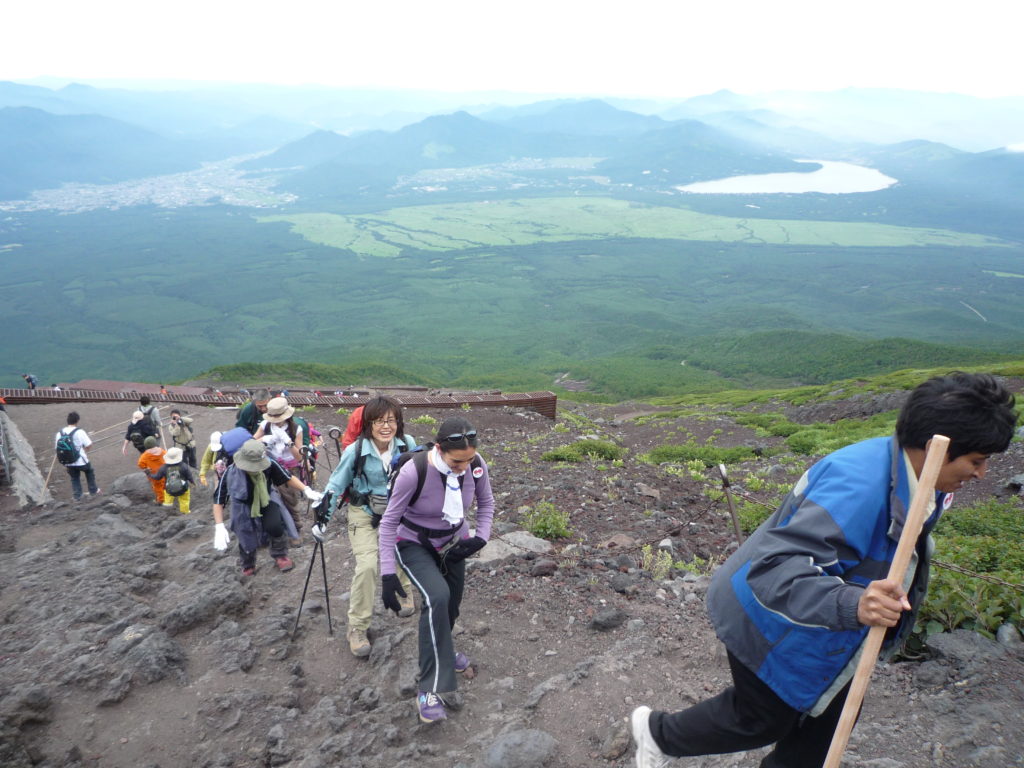
Day 1 – 1:00 p.m.: The image of snow capping Mt. Fuji is a sight that one can never be tired of seeing, but the climbing season is between July and August, when there is no snow on the mountain slopes. Among the four climbing routes, 80% of climbers choose the Lake Kawaguchi route. The distance from the starting point to the top is about 1,500 m. The group will make the final climbing preparations.
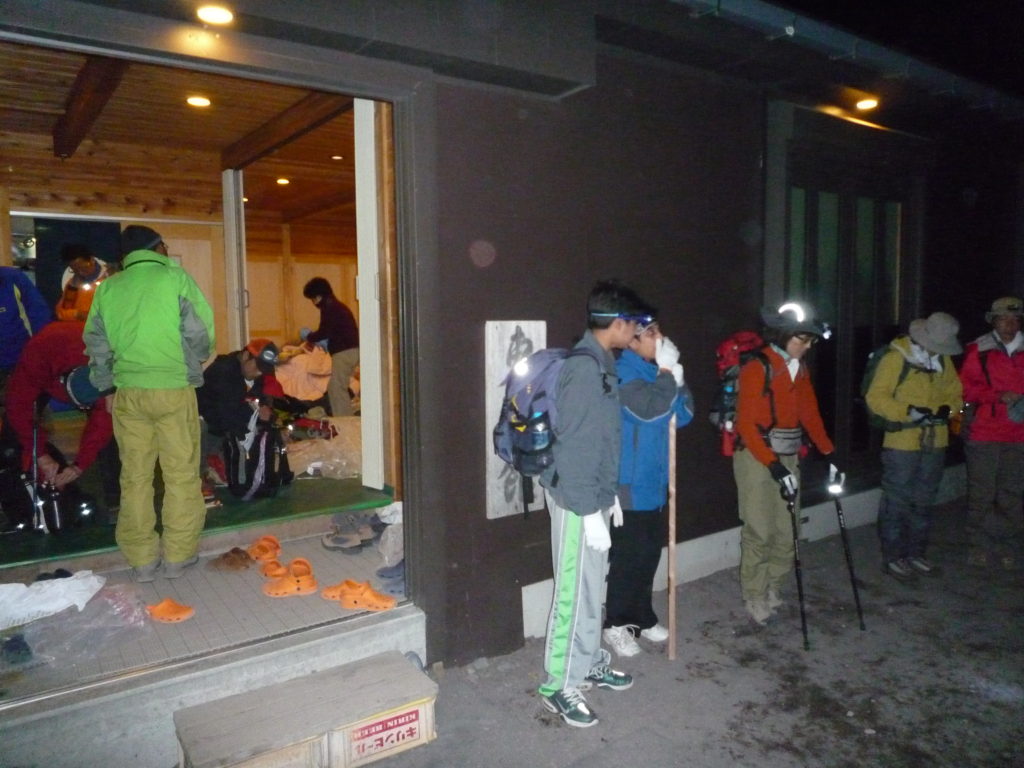
Day 1 – 5:00 p.m.: The group will reach the mountain hut at the 7th or 8th Station and rest here. Restrooms are available only at the mountain huts, and a fee is charged. Drinks are available too, but are expensive.
Day 1 – 11:00 p.m.: The group will resume climbing with headlamps or flashlights. Separate rain gear (coat and pants) and warm clothes are required gear. Also, some people may experience mountain sickness. Even experienced climbers such as Shigemitsu bring medicine for headaches every time. However, bringing too much gear and food will wear you out, so plan out carefully what to bring before the climb.
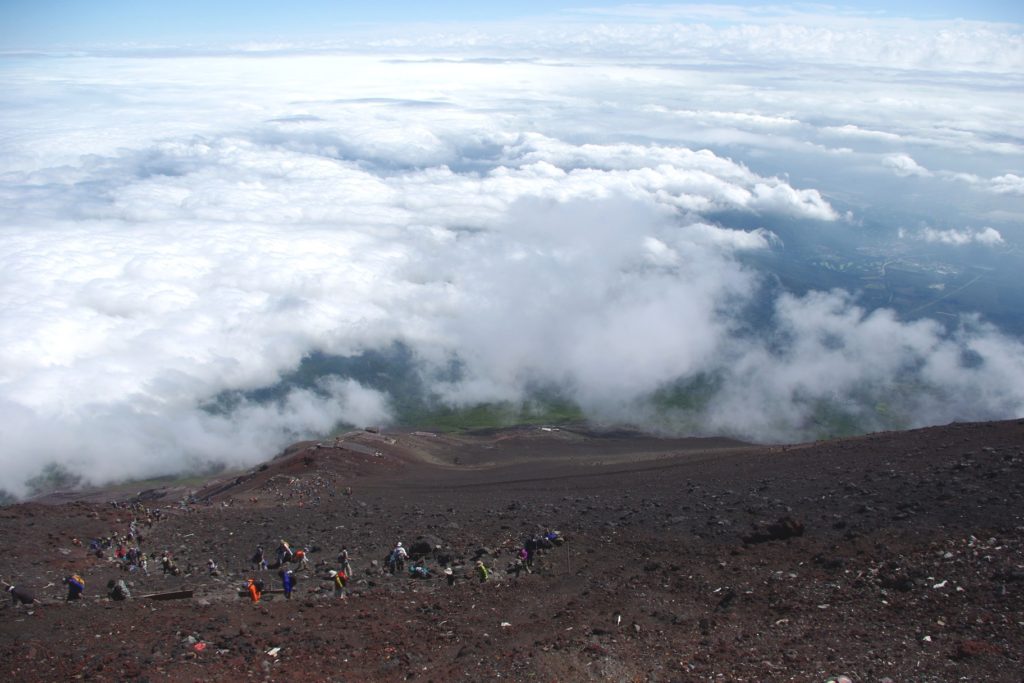
Day 2 – 4:00 a.m.: After climbing 5 hours, the group will reach the peak. Above the horizon in the east, the sun will gradually rise, and the group will witness the Goraiko (Mt. Fuji Sunrise). This is the moment when one can witness the motion of the earth and the universe. Some people will be shouting banzai upon this mystical event. The temperature will be 5 degrees celsius at maximum, and the wind is always strong.
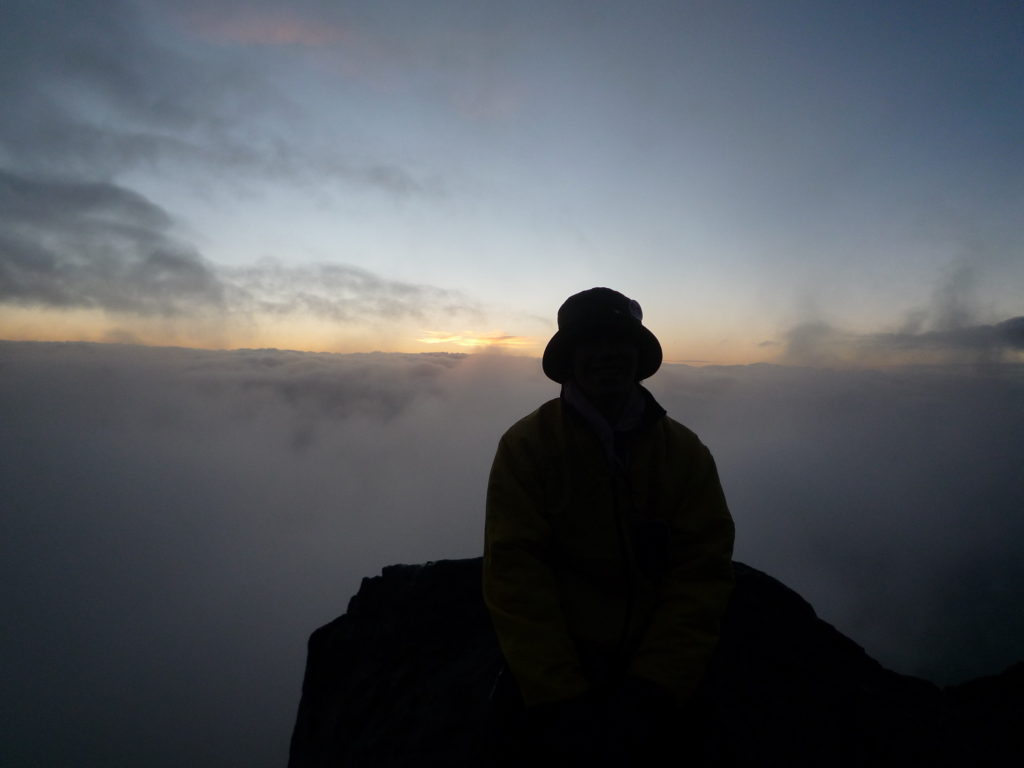
The crater of this sleeping volcano is 800 m in diameter and 200 m in depth. The bottom of the crater is always covered in snow year-round. Not many people try to go around the crater as it takes 2 hours and everyone is already tired.

Day 2 – 5:30 a.m.: After resting for an hour at the rest house (there are no mountain huts at the peak), the group will start to descend. It is recommended to have two walking sticks to walk down the zigzag trail. If you cannot continue walking around the 6th Station, a horse will take you to the 5th Station rest house with one phone call and for 10,000 yen.
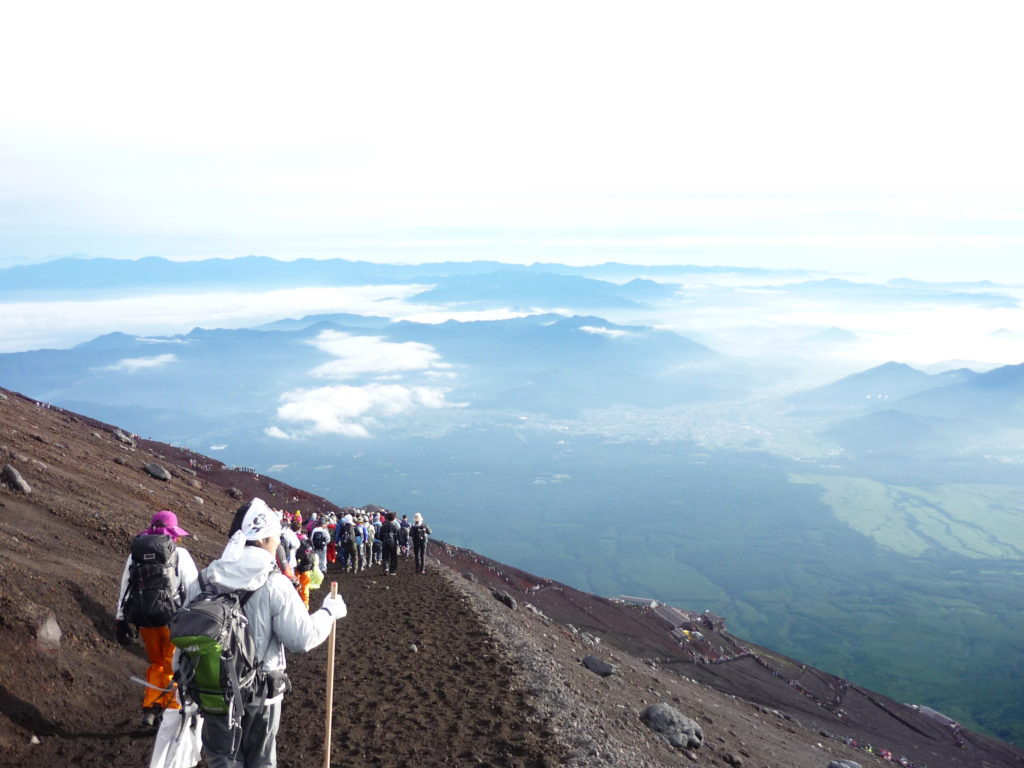
Day 2 – 9:00 a.m.: The group will reach the 5th Station after 4 hours. The worn out group will go home elated, knowing that they have reached the summit of Japan’s highest mountain.
Blog News about Japan
Takeshita Street, Harajuku, Tokyo
The Takeshita Street shopping thoroughfare in Tokyo’s Harajuku district, a favorite with foreign tourists, is like a festival all year round. About six meters wide by 400 meters long, the street, with its rows of funky shops, has been recently vacant due to the pandemic.
Blog News about Japan
Chikubushima Island
Chikubushima is an island that has been worshipped by people as an island where gods live since ancient times. The Island is also home to Hogon-ji Temple, one of the three Benzaiten in Japan, and Tsukubusuma-jinja Shrine. In addition to the temples and shrines, there remain many buildings of historical value such as “Karamon Gate” which is designated as a national treasure, “Kannondo” which is an important cultural property, and “Three-storey pagoda” which was restored in 2000 after 350 years.
Blog News about Japan
Takeshima Island on Lake Biwa
The name of the island is derived from the variety of views depending on the direction from which the island is viewed. Since 1,500 years ago, Take shima island has been worshipped as an object of worship since ancient times.
Take shima island is located about 6.5 km off the coast of Hikone City and has a circumference of about 600 m. It’s a small island, and the whole island is the precincts of the Nichiren sect’s Kento-ji Temple.
In the Edo period, they carried soil from Mt. Kojin in Hikone and planted trees. Until then, it was called a bamboo island because it was covered with bamboo.
